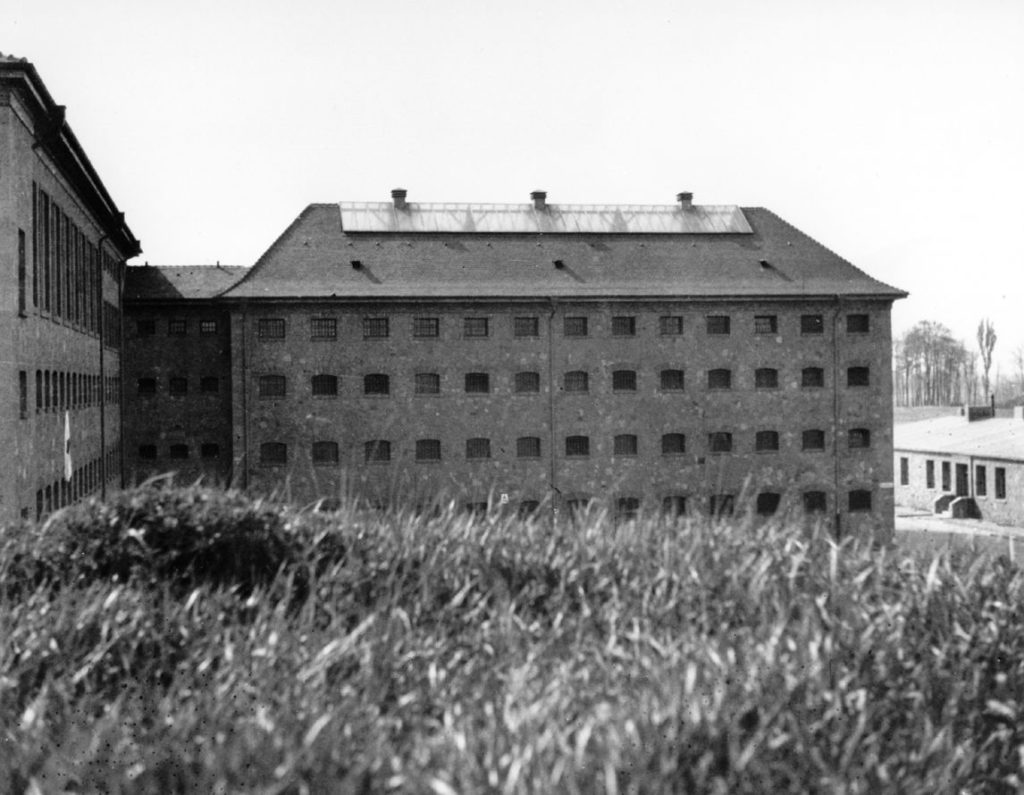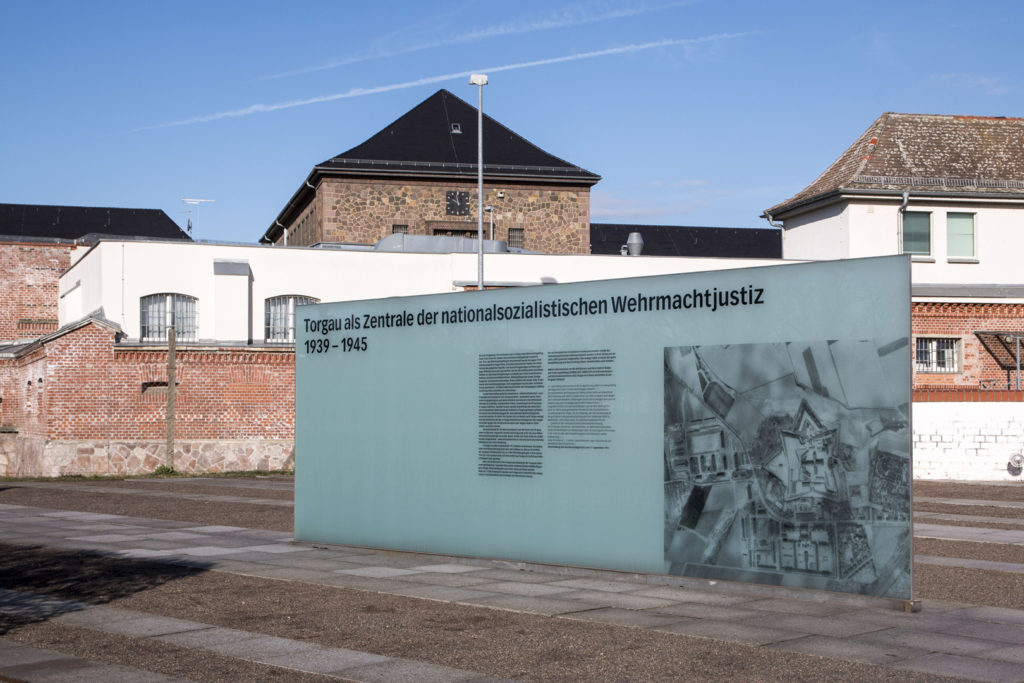- Site
- Am Fort Zinna 7, Torgau, Germany
Fort Zinna Prison in Torgau was one of the largest military prisons during the Second World War in Germany. Here many German soldiers and other prisoners, including those from various resistance movements, were held until they could be tried by the military judiciary. After the war, the Soviets transformed the prison into camp for political prisoners before ultimately being used a prison by the East German state.
The first part of the prison was built in 1810-1813 under the rule of Napoleon to house prisoners of war, military convicts and so-called work soldiers. During the First World War (1914-1918), it served as a prisoner of war camp for officers. In the 1920s, the Prussian judiciary took over Fort Zinna as “Torgau Prison”. After the Nazi takeover in 1933, political opponents were imprisoned here.
During the Second World War, Fort Zinna became one of two major prisons in Torgau for the Wehrmacht (German Army). In mid-1943 the Reich Military Court, the Third Reich’s highest military court moved to Torgau from Berlin – elevating the city as the centre of the German military judiciary and penal system during the war.
About 60,000 Wehrmacht prisoners were held in Torgau during the Second World War: German soldiers but also members of the resistance against National Socialism from many European countries such as Luxembourg, France, and Poland. Several hundred prisoners were executed while many thousands of prisoners were sent from Fort Zinna to the front to serve in penal units. Countless numbers of them were killed on these particularly dangerous missions.
From September 1945 on, Fort Zinna was used by the Soviet secret police as a special camp. The inmates were Germans who had collaborated as Nazi party functionaries or had been direct perpetrators. Many others were incarcerated because they were regarded as opponents of the new Communist order. Fort Zinna also served as the central transit camp in the Soviet occupation zone from which thousands of Germans and Soviets citizens were deported to the camps in the Soviet Union.
After the established of the communist German Democratic Republic (GDR), Fort Zinna became a men’s prison that housed political prisoners. For several decades, the institution included a youth prison where juveniles were imprisoned here often for political reasons.


